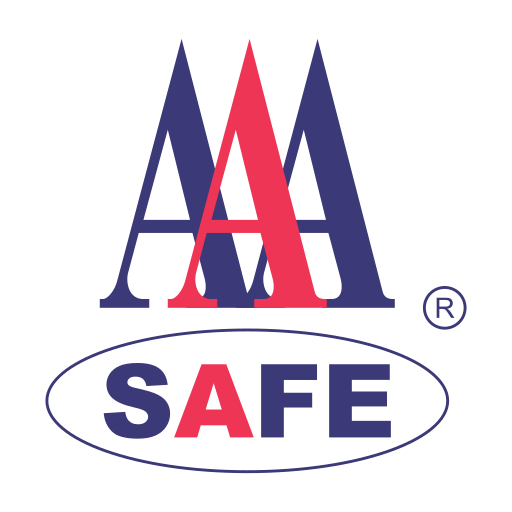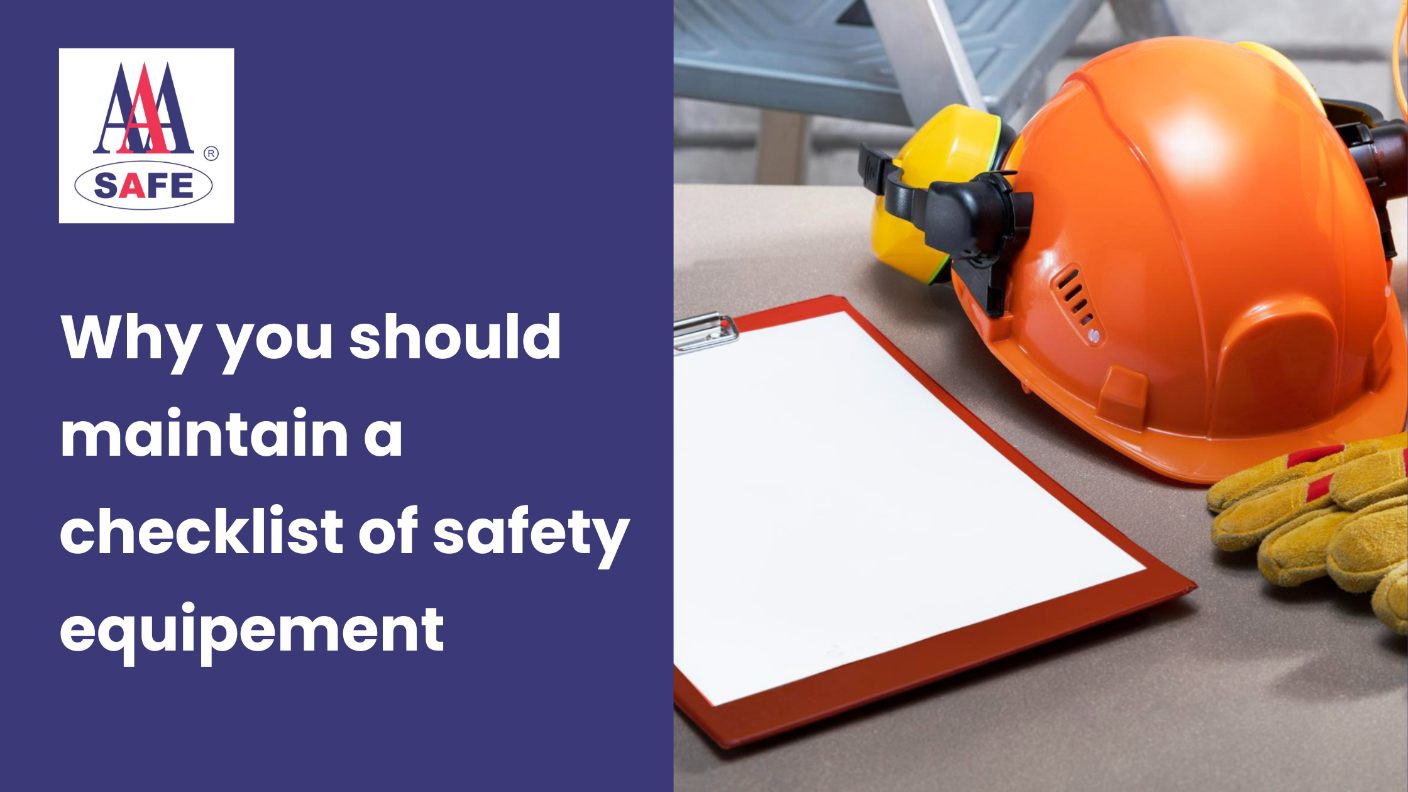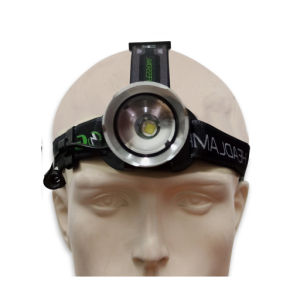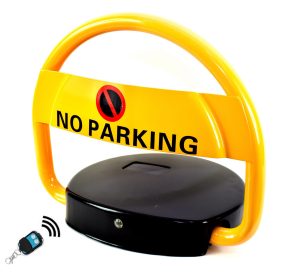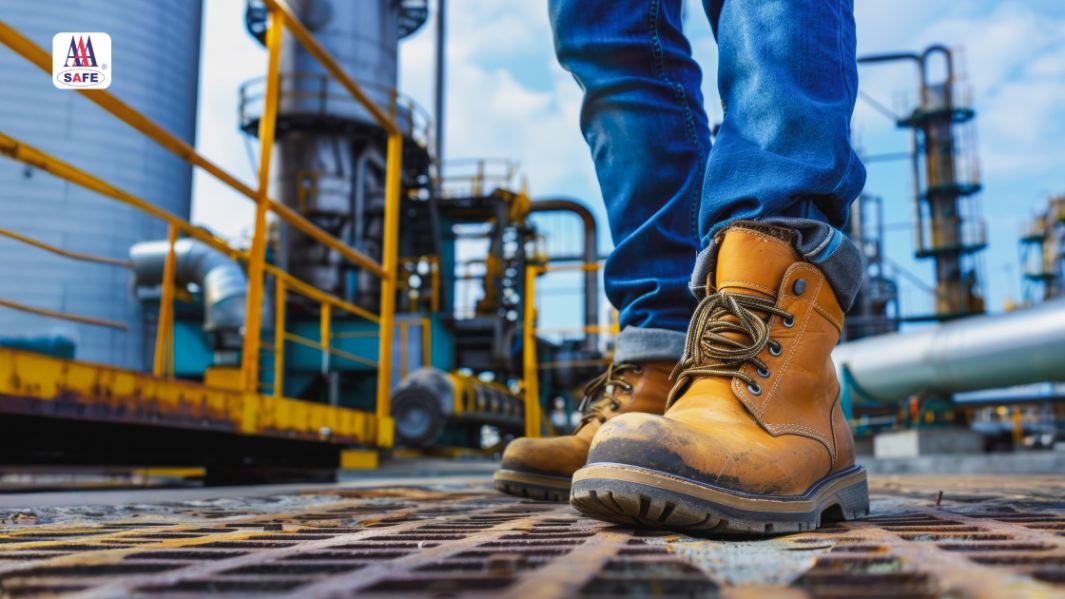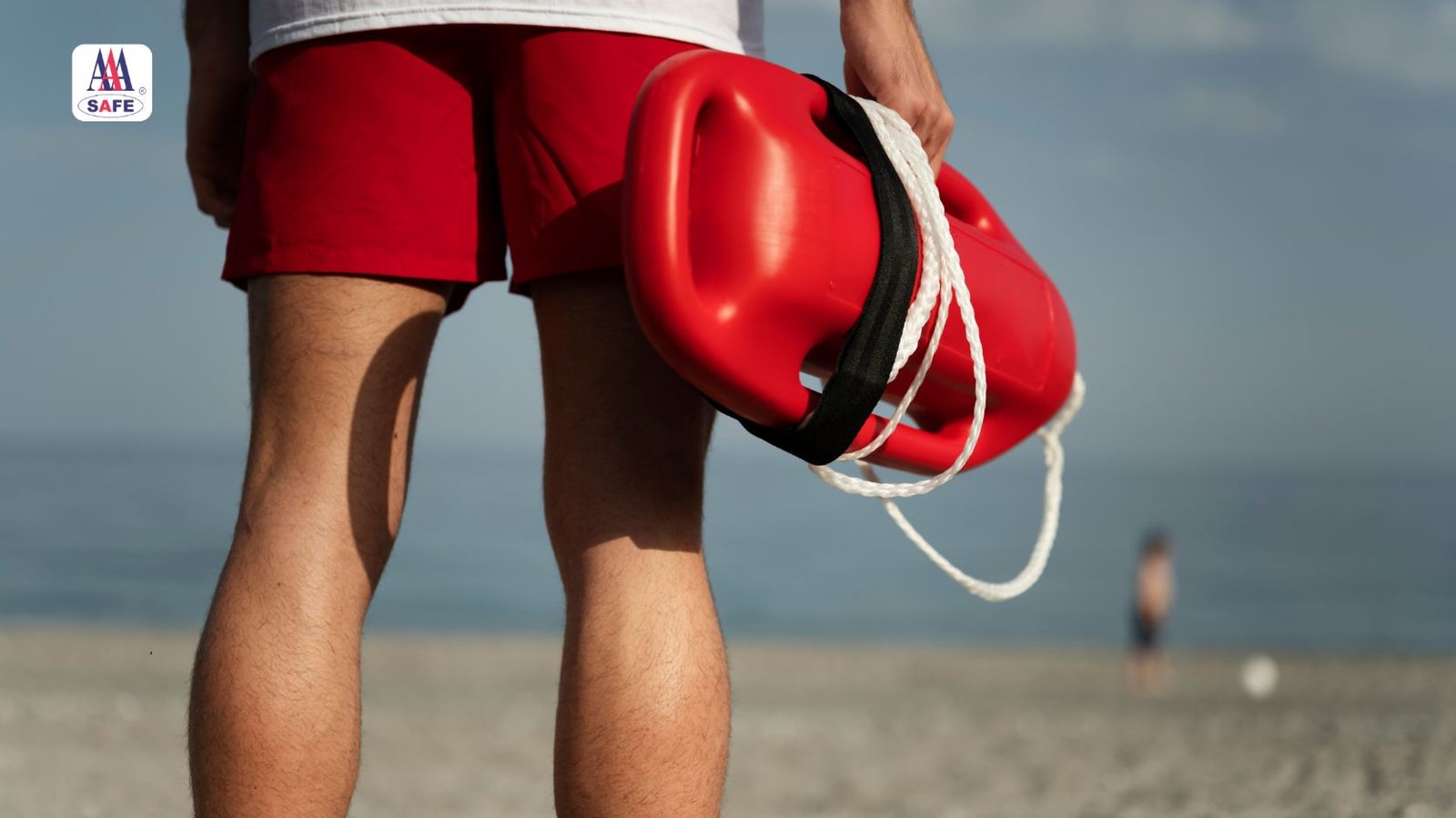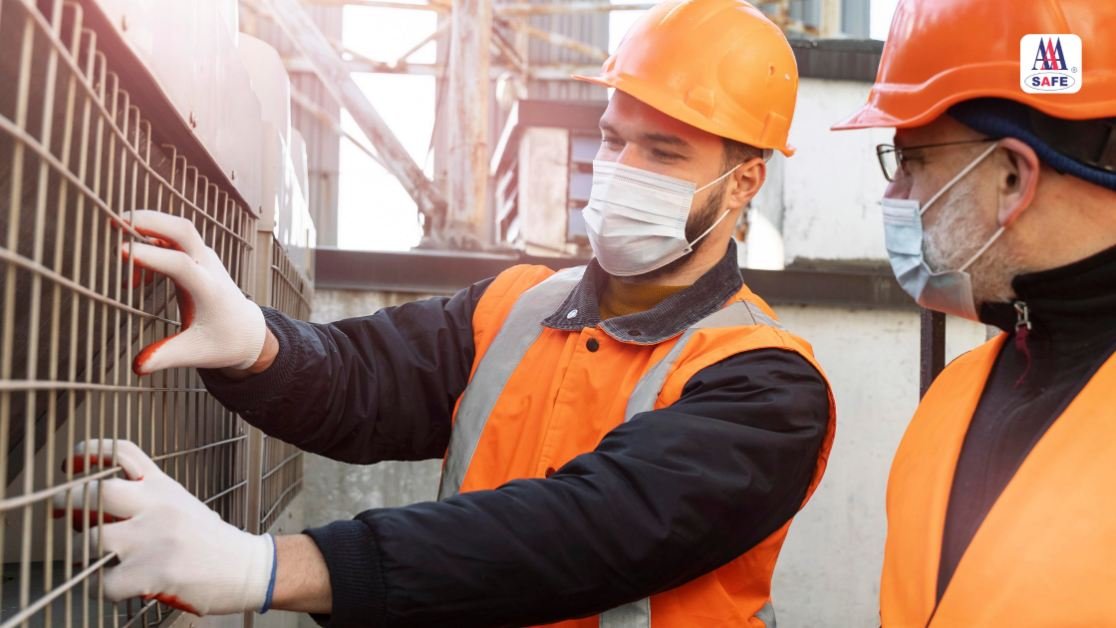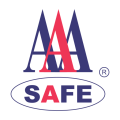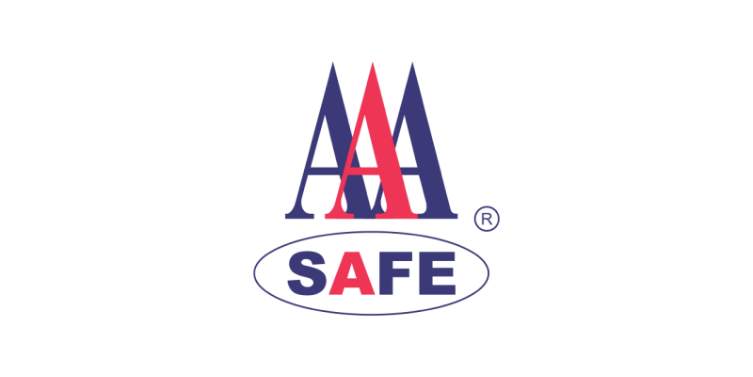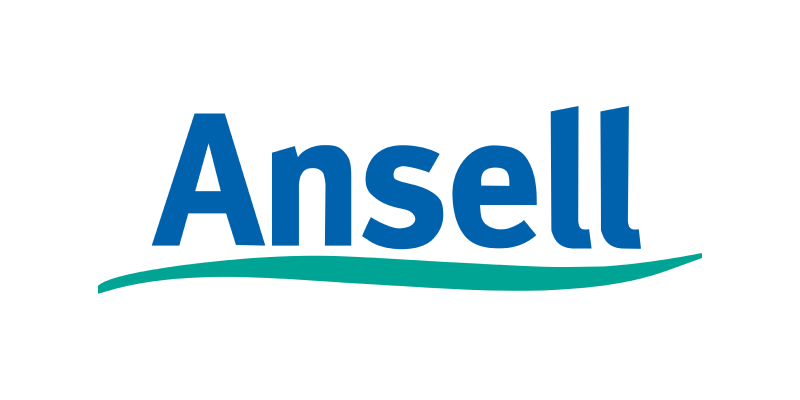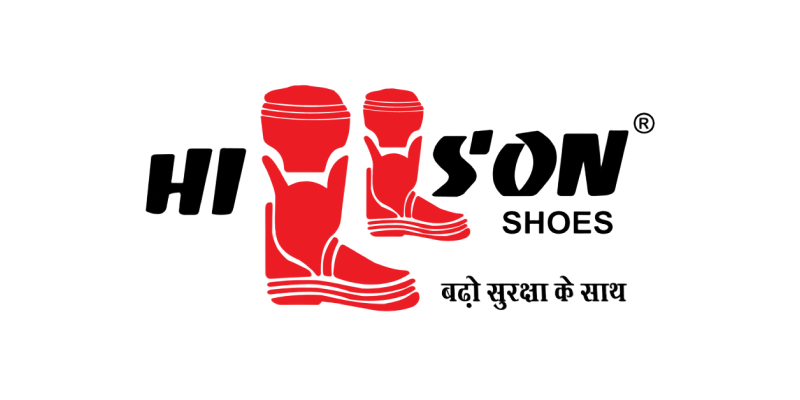In the dynamic and rapidly evolving industrial landscape of the United Arab Emirates (UAE), maintaining a checklist of safety equipment is not merely a regulatory requirement but a fundamental aspect of ensuring workplace safety. The UAE’s dedication to safety is evident in its stringent regulations and standards, particularly in high-risk sectors such as construction and manufacturing. This article explores the importance of maintaining a checklist of safety equipment, highlighting its benefits and relevance in the UAE context.
Understanding the Role of Safety Checklists
A safety checklist is a structured tool designed to ensure that all necessary safety equipment is available, functional, and compliant with safety standards. It serves as a comprehensive guide for conducting regular inspections and audits, helping organizations identify potential hazards and address them proactively. The significance of safety checklists extends beyond mere compliance, as they play a critical role in safeguarding workers’ well-being and maintaining a safe working environment.
1. Ensuring Compliance with Regulations
In the UAE, compliance with safety regulations is mandatory across all industries. The UAE Federal Law No. 8 requires employers to implement appropriate safety measures to protect workers from hazards. A checklist of safety equipment assists organizations in adhering to these regulations by ensuring that all required safety gear is in place and meets the prescribed standards. Failure to comply can result in severe legal penalties and damage to the organization’s reputation, making it imperative for companies to maintain meticulous safety checklists.
2. Enhancing Workplace Safety
Safety checklists play a vital role in enhancing workplace safety by ensuring that all safety equipment is regularly inspected and maintained. This systematic approach helps identify faulty or missing equipment, thereby reducing the risk of accidents and injuries. In industries like construction, where the risk of accidents is particularly high, having a comprehensive checklist of safety equipment is essential to protect workers and maintain a secure working environment. By consistently monitoring safety equipment, organizations can mitigate potential hazards and foster a culture of safety.
3. Promoting Consistency in Safety Practices
A standardized safety checklist ensures that safety protocols are consistently followed throughout the organization. This consistency is crucial in preventing human errors that could lead to accidents. By providing clear and concise guidelines, safety checklists help employees understand their responsibilities and the importance of adhering to safety procedures. The regular use of checklists promotes uniformity in safety practices, thereby minimizing the likelihood of oversights and ensuring that safety remains a top priority for everyone involved.
4. Facilitating Emergency Preparedness
Safety checklists are instrumental in preparing for emergencies. They ensure that all necessary safety equipment, such as fire extinguishers and first aid kits, is readily available and functional. By regularly reviewing and updating emergency preparedness checklists, organizations can improve their response times and minimize the impact of emergencies. This proactive approach to safety ensures that employees are well-equipped to handle unexpected situations, thereby reducing the potential for harm and enhancing overall workplace safety.
5. Supporting Training and Onboarding
Safety checklists serve as valuable tools during employee training and onboarding processes. They provide a structured framework to educate new hires about essential safety protocols and procedures specific to their roles. By incorporating checklists into training programs, organizations can foster a culture of safety from the very beginning, instilling safe work practices in all employees. This emphasis on safety during the onboarding process helps new employees understand the importance of adhering to safety guidelines and reinforces the organization’s commitment to their well-being.
6. Enhancing Equipment and Machinery Inspections
Regular inspections of equipment and machinery are crucial for identifying potential malfunctions or safety hazards. Safety checklists guide workers through a comprehensive evaluation of various equipment aspects, such as electrical connections, moving parts, and safety guards. This systematic approach minimizes the risk of equipment-related accidents, ensuring that machinery operates safely and efficiently. By maintaining thorough inspection records, organizations can demonstrate their commitment to safety and take corrective actions promptly when issues are identified.
7. Reducing Costs and Improving Efficiency
Maintaining a checklist of safety equipment can lead to significant cost savings by preventing accidents and reducing downtime. By identifying and addressing potential hazards early, organizations can avoid costly repairs, compensation claims, and productivity losses. Additionally, a well-maintained safety checklist streamlines safety audits and inspections, making them more efficient and less time-consuming. The financial benefits of a robust safety checklist extend beyond immediate savings, as they contribute to the long-term sustainability of the organization by reducing the likelihood of costly incidents.
8. Fostering a Culture of Safety
Safety checklists contribute to fostering a culture of safety within the organization. By consistently evaluating and improving safety practices, organizations emphasize the importance of safety to employees at all levels. This cultural shift can lead to long-term improvements in safety performance and employee engagement. When safety becomes ingrained in the organization’s values, employees are more likely to take ownership of their responsibilities and actively participate in maintaining a safe work environment.
9. Demonstrating Commitment to Stakeholders
Maintaining a comprehensive checklist of safety equipment demonstrates an organization’s commitment to safety and compliance. This commitment can enhance the organization’s reputation among stakeholders, including employees, customers, and regulatory bodies. A strong reputation for safety can also serve as a competitive advantage in the marketplace, as companies known for their dedication to safety are often more attractive to clients and partners. By prioritizing safety, organizations can build trust and credibility, which are essential for long-term success.
10. Adapting to Changing Regulations and Standards
The regulatory landscape in the UAE is constantly evolving, with new safety standards and requirements being introduced regularly. A checklist of safety equipment helps organizations stay updated with these changes, ensuring ongoing compliance and minimizing the risk of legal issues. By regularly reviewing and updating their checklists, organizations can adapt to new regulations and maintain their commitment to safety. This proactive approach not only protects the organization from potential legal challenges but also reinforces its dedication to providing a safe and compliant workplace.
Conclusion
In the UAE, where safety regulations are stringent and the industrial landscape is rapidly evolving, maintaining a checklist of safety equipment is not just important but essential. It ensures compliance with regulations, enhances workplace safety, and promotes consistency in safety practices. Moreover, it facilitates emergency preparedness, supports training, and demonstrates an organization’s commitment to safety. By prioritizing safety checklists, organizations in the UAE can protect their employees, reduce costs, and maintain a competitive edge in the marketplace. Ultimately, a well-maintained safety checklist is a reflection of an organization’s dedication to safeguarding its workforce and fostering a culture of safety that benefits everyone involved.
